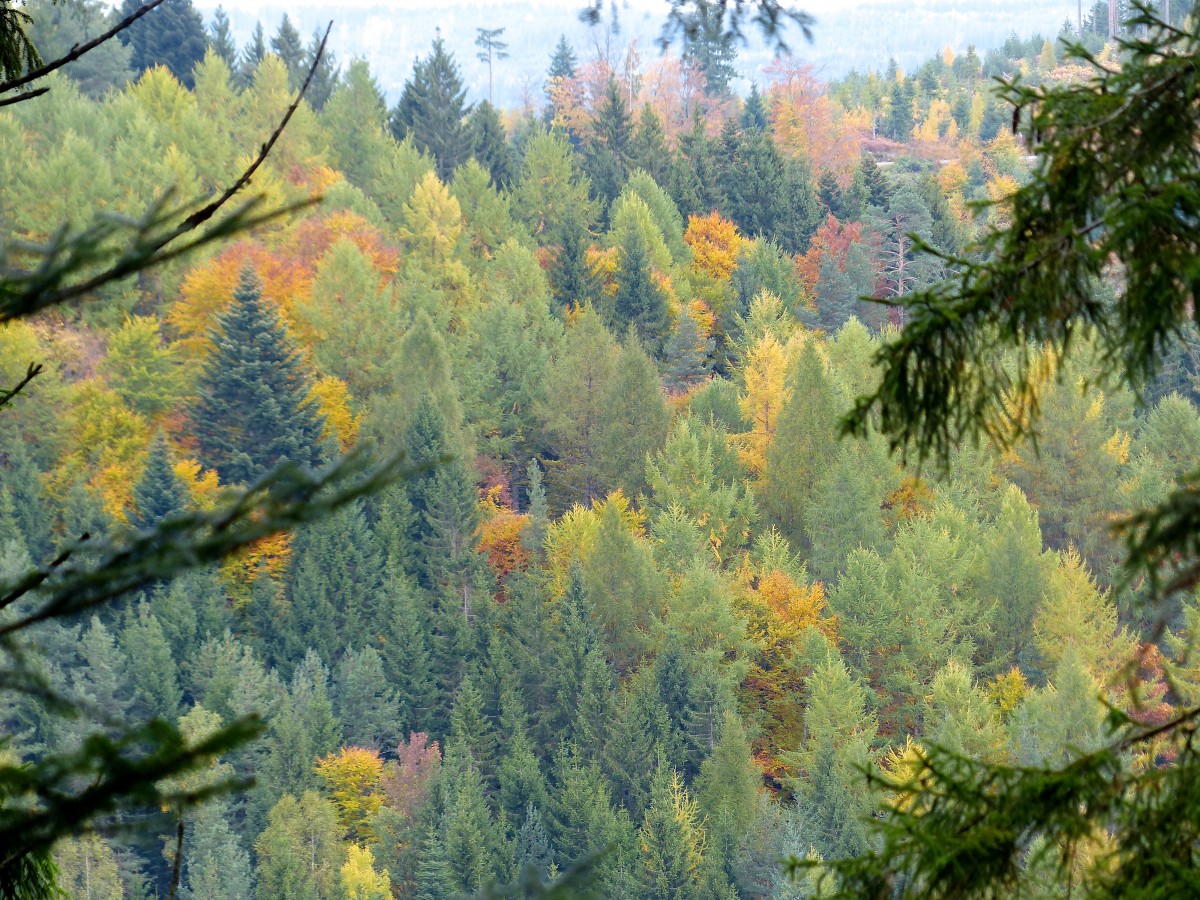As much as 33.4 billion tons of forest biomass could be badly affected by a changing climate.
Much of Europe experiences prolonged droughts and devastating heatwaves during summer months as climate change is having its impacts felt. The situation is dire and even the continent’s stately old forests are under threat from warming temperatures, warn scientists in a new study.
In all, as much as 33.4 billion tons of forest biomass could be badly affected by a changing climate as a result of windthrows, and fires and devastating insect outbreaks.
“Hotspot regions for vulnerability are located at the borders of the climate envelope, in both southern and northern Europe,” the scientists write. “There is a clear trend in overall forest vulnerability that is driven by a warming-induced reduction in plant defence mechanisms to insect outbreaks, especially at high latitudes.”
The international team of scientists reached this conclusion after analyzing satellite data to study the vulnerability of Europe’s forests to various disturbances between 1979 and 2018.
Around a third of Europe’s land mass is covered in forests, which are home to a rich trove of biodiversity and provide a wide range of ecosystem services to people. The boreal coniferous forests in colder regions and the dry forests on the Iberian Peninsula are especially vulnerable to environmental stresses, the scientists say.
“The experience of recent years, especially since 2018, has clearly shown that the threat to forests posed by insect pests has particularly increased with ongoing climate change. There is a risk that further climate warming will increase this trend,” explains Henrik Hartmann, who works at the Max Planck Institute for Biogeochemistry in Germany and led the research.
“This finding is not new, and forests are normally well adapted to deal with occasional climate extremes,” he adds. “The fact that these extremes are now occurring so frequently and repeatedly makes the exception the norm, and forests cannot cope with that situation.”
Recurrent droughts and heatwaves, in addition to the ravages of insects, could deal blows to forests from which they could find it hard to recover.
This especially applies to large, old trees, which often serve as hosts for a large number of insects such as the European spruce bark beetle, which mainly attacks large, adult spruce trees. In recent years in Central Europe’s beech forests a significant number of old trees already perished during droughts, raising concerns about the effects of further warming.
“This is because their water transportation system has to work under greater stress to transport water from the soil through the roots and up into the high-up crown,” Hartmann says. “As a result, large trees suffer more from drought and are then more susceptible to disease.”
The continent’s forests are unlikely to disappear because of the ongoing climatic changes, but “many of them could be severely damaged by anticipated climate change-induced disturbances and important ecosystem services could be impaired by the loss of especially large and old trees,” the scientists say.
This story first appeared on Sustainability Times
South Africa Today
© 2021 Sustainability Times.
This article is licensed under a Creative Commons Attribution-ShareAlike 4.0 SA International License.












